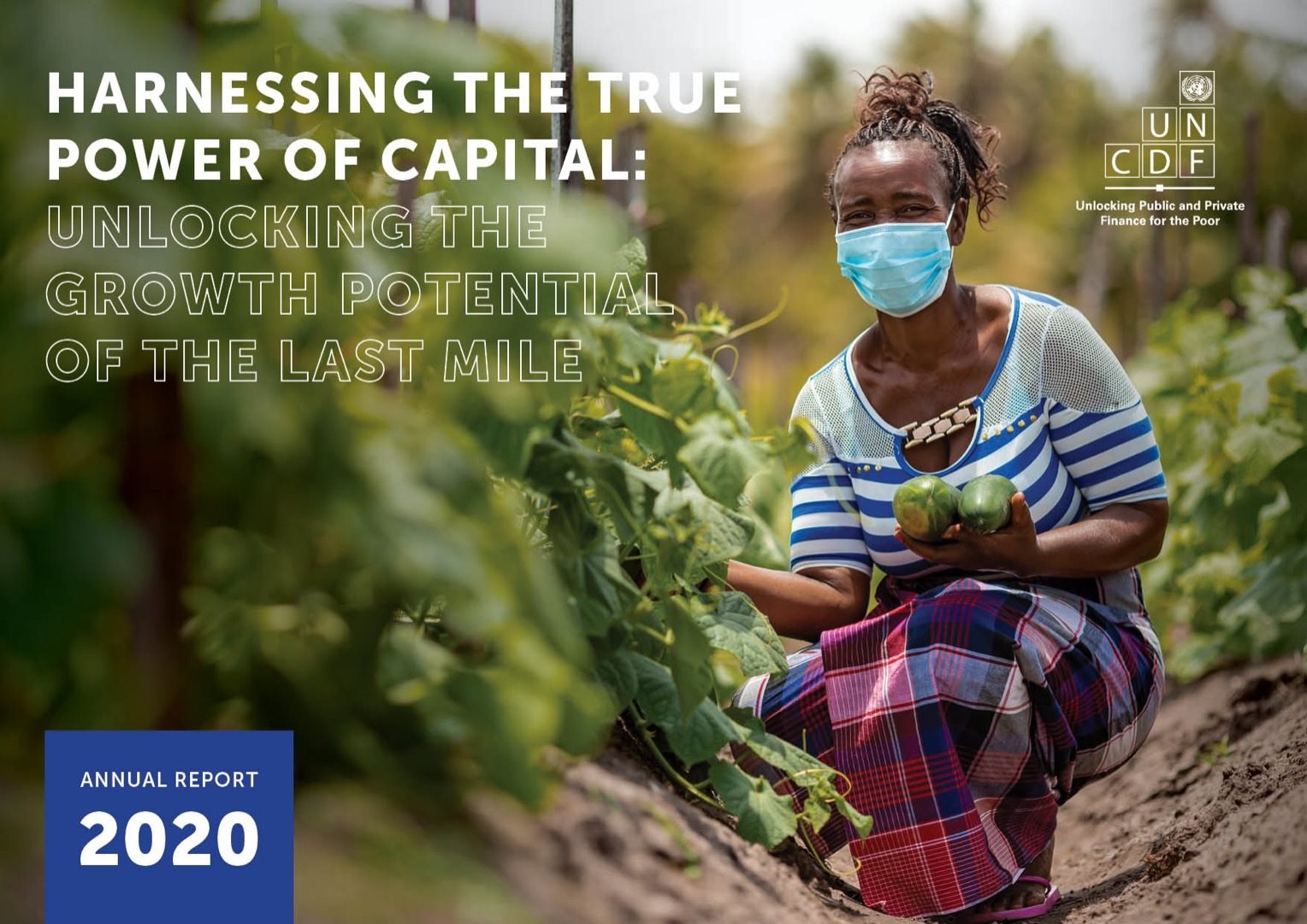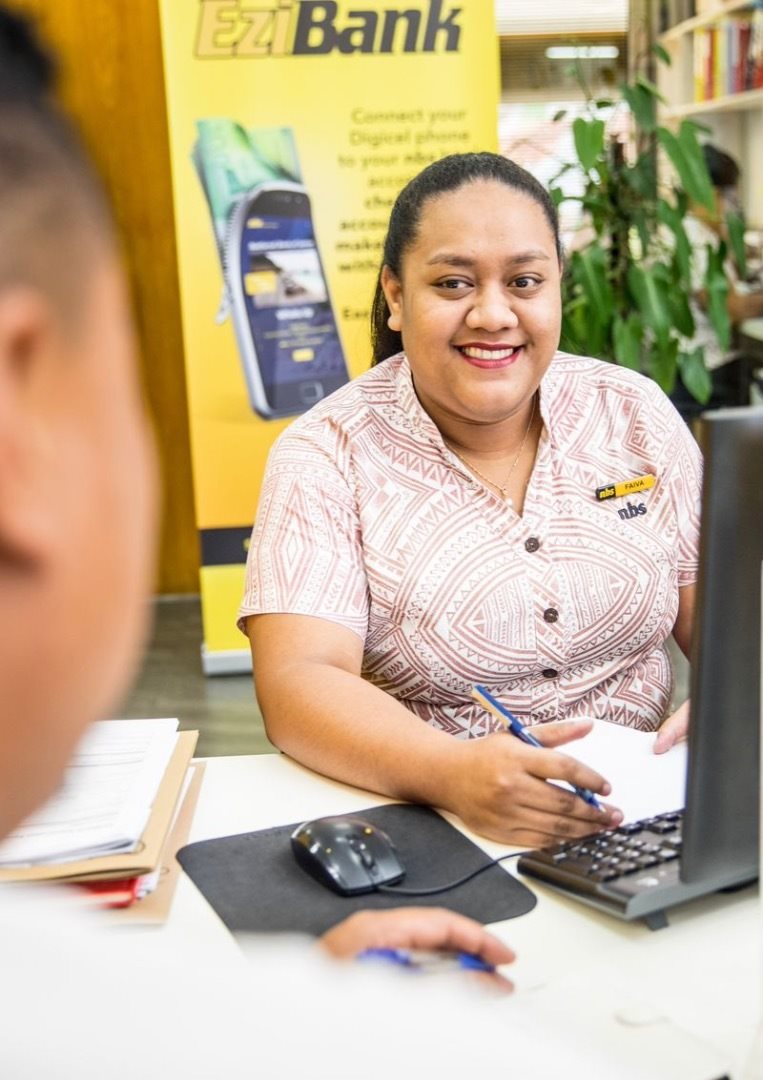2020 Annual Report
Harnessing the true power of capital
Unlocking the growth potential of
the last mile
In September 2015, the 2030 Agenda and its 17 Sustainable Development Goals (SDGs) were unanimously adopted by every member state of the United Nations.
Upon approval of the ambitious SDG agenda, a global aspiration was born: an aspiration of a world where development would reach every country and community; every government and small business; every man, woman and child; an aspiration where we would leave no one behind. This aspiration had particular significance for the world’s 46 least developed countries (LDCs).
Five years removed from the rise of the SDGs, and after the onset of the most profound global health crisis in a century caused by the COVID-19 pandemic, the conversation has shifted towards preventing a lost decade of development for the most vulnerable people and communities in the world.
The economic impacts of the COVID-19 pandemic, and the very human impacts that have resulted, have struck communities around the world with remarkable harshness; however, the harshest impacts have been experienced by the communities, localities and countries that already were the most vulnerable. The global development and financial architecture have demonstrated limited ability to shield the world’s most vulnerable from the pandemic’s worst outcomes.
Local governments in the LDCs, which lack many of the fiscal tools and capabilities to generate their own financing, were hamstrung when it came to supporting COVID countermeasures on the ground. Financial service providers, which serve as critical agents of financial inclusion under normal circumstances, encountered significant difficulty in extending finance flows to those who need it the most. Small and medium sized enterprises (SMEs)— which are critical generators of jobs and incomes in most LDCs —would see their value chains come to a halt, their liquidity almost if not entirely lost, and their access to customers all but cease to exist. And, as is always the case, the worst of the worst of these impacts were experienced by certain last mile segments: women, youth and smallholder farmers to name a few.
The COVID-19 crisis has exacerbated already pre-existing vulnerabilities of the LDCs, and it has highlighted that the current development finance architecture is not adequate to shield the world’s most vulnerable populations. New mechanisms and solutions are needed that can better contribute to the financing of local infrastructure projects and SMEs, while helping build inclusive digital finance systems and economies, to ensure that LDCs become more resilient and contribute better to SDG achievement.
For the UN Capital Development Fund, 2020 represented what may have been the most difficult challenge of its 50-plus year history: how to insulate last mile markets and communities in LDCs from the worst impacts of the COVID-19 pandemic while continuing to advance SDG achievement. In response to the most severe public health and global economic challenge of our time, UNCDF repurposed its capabilities and resources, galvanized its global workforce and tapped its ethos for innovation to support and sustain the last mile communities that we are tasked with serving.
We responded with a year where our operations spread to 39 LDCs, provided inclusive financial and digital solutions to over 2 million people in 44 countries; supported 536 local governments in 42 countries; and oversaw an investment portfolio of 21 loans and guarantees, along with disbursing $30 million in strategic grants, which collectively unlocked $85 million in direct and catalytic financing along with an additional $48 million channelled through decentralized financing mechanisms.
Additionally, to assist countries in responding to COVID-19, UNCDF provided localized emergency grants benefiting over two million people, 60 per cent of whom were women. It supported the development of digital solutions that provided benefits and services to around 2.6 million people affected by the pandemic. But we also realize that more needs to be done. Leveraging the power of public and private capital to support SDG positive investments requires a paradigm shift, one that features innovative capital markets that finance development projects. Looking to the future, UNCDF will seek to scale up its direct provision of catalytic investment finance for SMEs and small infrastructure projects, while also further expanding its efforts to help build inclusive digital economies, and further help local authorities access climate finance and municipal investment capital.
The COVID-19 pandemic exposed the stark choice that is ahead of all of us as a global community: commit to the important work of harnessing the true power of capital—to support development in the areas where the needs are greatest—or to remain in status quo and putting the cause of leaving no one behind and achieving the SDGs at risk. For UNCDF, the choice is clear as is our commitment to the global task of our time.



Preeti Sinha
Executive Secretary
UN Capital Development Fund



Preeti Sinha
Executive Secretary
UN Capital Development Fund


people benefitted from
inclusive financial and digital solutions in 43 countries
financial products and services were piloted with support
from UNCDF
localized strategic
investments in local
development finance
local governments
supported in 42 countries
loans and guarantees
in seven countries
in direct financing unlocked by $30M in strategic grants
channelled through decentralized
financing mechanisms developed
with UNCDF support
people, of whom 60% were women, benefitting from COVID-19 localized emergency grants
|
|
|
|
|
GET THE LATEST UPDATES TO YOUR INBOX